(Volume 1 Módulo 2) Mi vida fuera de la universidad: Mi familia
47 Más comunicación: Las nacionalidades
 ¿De dónde son los estudiantes?
¿De dónde son los estudiantes?
Remember Carolina, the new student we met in Módulo 1? She is interviewing fellow students to ask where they are from. Mira el video. ¿De dónde son los estudiantes? ¿Hay estudiantes en tu clase de estos tres países?
Attribution: By Dylan Manshack and Carolina Cantú, licensed under CC BY-SA 4.0.
In the video, the students mention three different countries. Take a look at the table below to learn more about nationalities in Spanish. Keep in mind nationalities are descriptive adjectives, and, thus, they must agree in gender and number with the person that they describe.
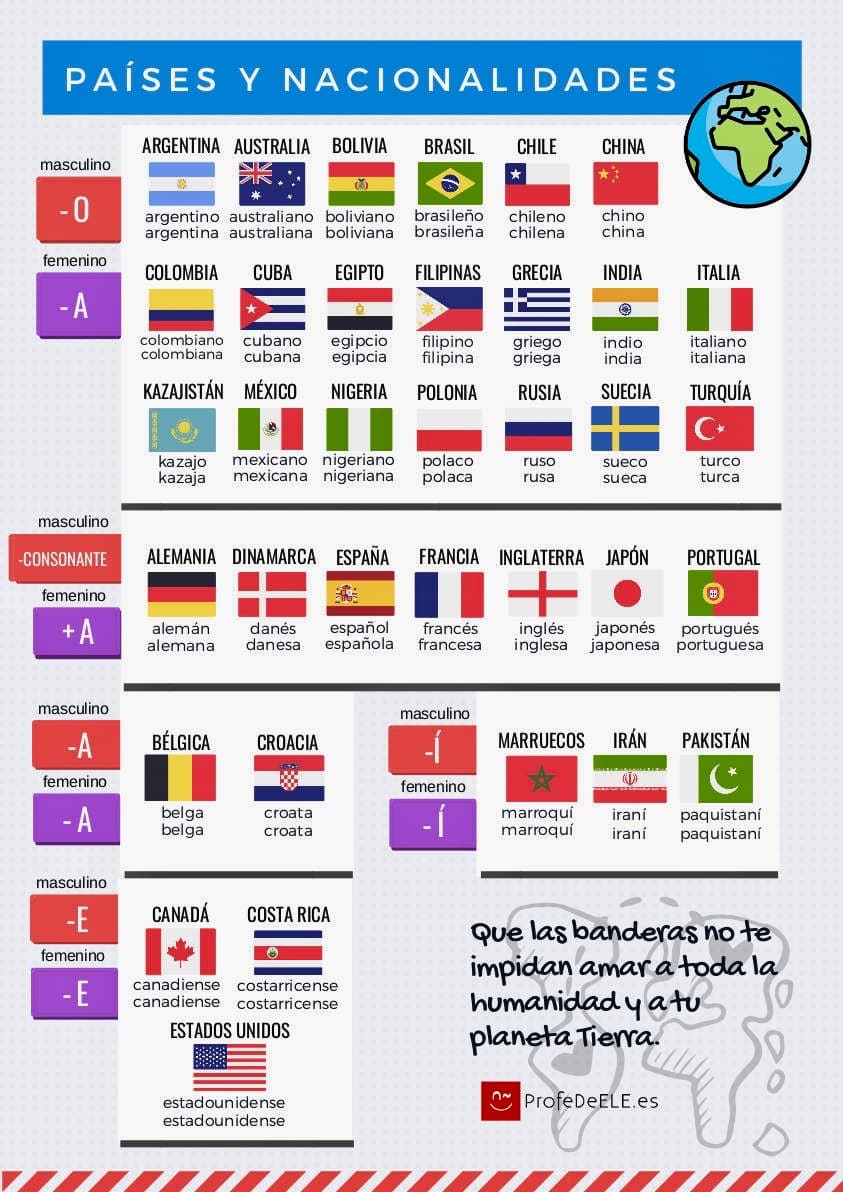
 Más sobre las nacionalidades
Más sobre las nacionalidades
Ahora mira este video. You will find more comprehensive information on countries and nationalities, and how to use adjectives to describe them.
https://drive.google.com/file/d/1XDXWI3z0osLmifWKqNR8XnYTcuqN6hyG/view
Attribution: By Daniel Hernández Ruiz, licensed under CC BY 4.0.
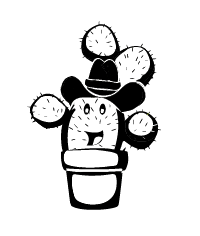 ¡Ojo!
¡Ojo!
English and Spanish do not have the same rules for capitalization when we use gentilicios (adjectives to describe nationalities). In Spanish nationalities are never capitalized (e.g., mexicano, estadounidense); however, the names of countries and continents are.
Ahora usamos nuestras palabras nuevas. Es hora de
 ¡Manos a la obra!
¡Manos a la obra!
Actividad 2-11. ¿Cuánto sabes (do you know) del mundo?
¿De dónde son? Name the nationality/place of origin of these people and things. If you don’t know what they are, google them!
Modelo(s): Los vaqueros (cowboys) –> Los vaqueros son tejanos.
- Las tortillas de maíz
- La Nutella
- Las baguettes
- Las empanadas
- El flamenco
- El tango
- Los koalas
- Los camellos (camels)
- El reguetón
- El son
- Los mariachis
Actividad 2-12. Más nacionalidades.
Write the nationality that corresponds to the flags shown in the illustration in the sentences provided. Pay attention to gender and number. When gender is not specified, write both forms (e.g., italiano/italiana).
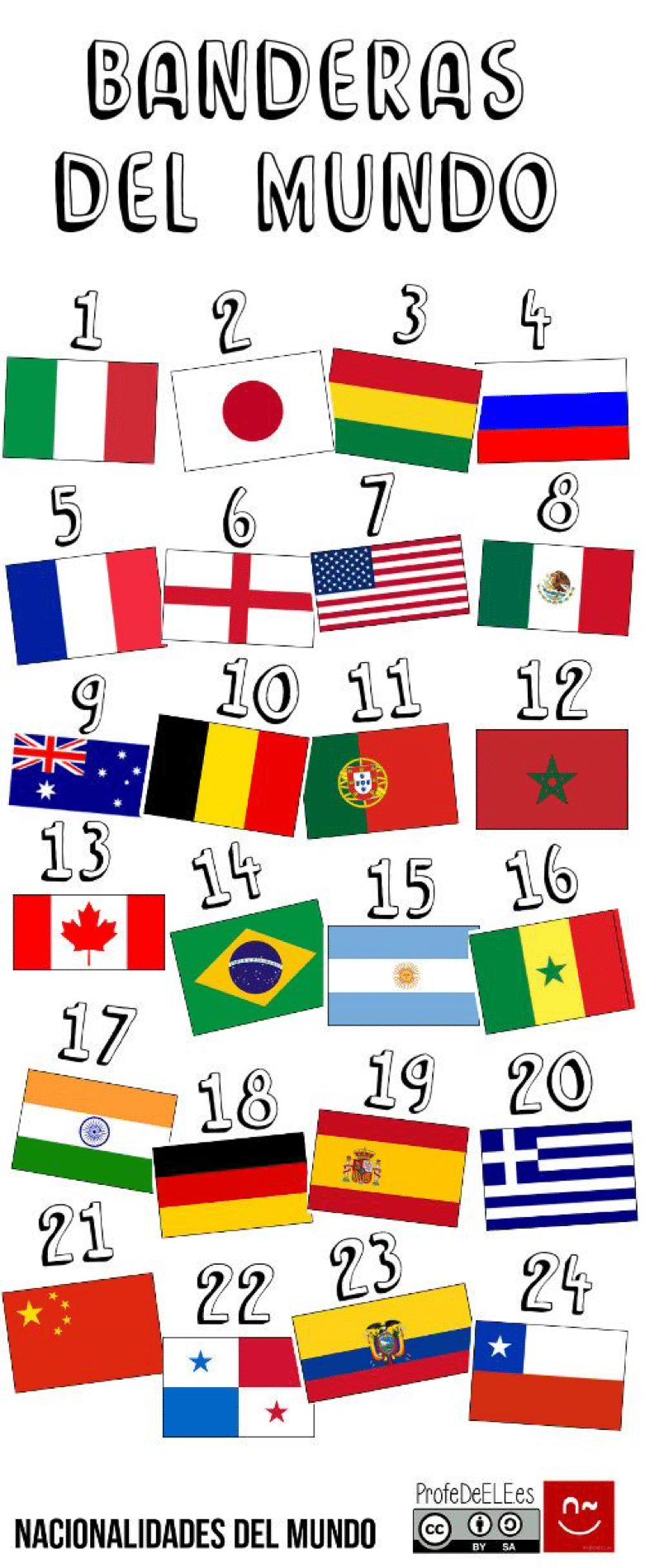
- ¿Vos sos italiano/italiana (de Italia)?
- Nosotros somos ______________________.
- Ellos son ______________________.
- Vosotras sois ______________________.
- Tú eres ______________________.
- Él es ______________________.
- Yo soy ______________________.
- Tú eres ______________________.
- Nosotros somos ______________________.
- Él es ______________________.
- Tú eres ______________________.
- Ellos son ______________________.
- Vosotros sois ______________________.
- Ellas son ______________________.
- Yo soy ______________________.
- Él es ______________________.
- Ellas son ______________________.
- Vosotras sois ______________________.
- Ella es ______________________.
- Vos sos ______________________.
- Vosotras sois ______________________.
- Nosotros somos ______________________.
- Yo soy ______________________.
- Usted es ____________________
Actividad 2-13. El mundo hispano.
Go to this website (https://www.profedeele.es/actividad/paises-lenguas-nacionalidades/), and do Actividad 2: El mundo hispano. Take down notes to discuss your work in class.
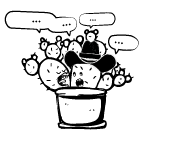 Actividad 2-14. Nacionalidades escondidas (hidden).
Actividad 2-14. Nacionalidades escondidas (hidden).
Con tres o cuatros compañer@s, busca las 14 nacionalidades hidden in this box. The group that finishes first wins!
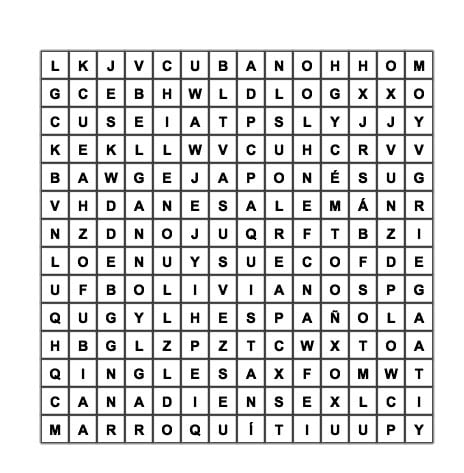
Attribution: By Daniel Hernández Ruiz, licensed under CC BY 4.0
- _________________________
- _________________________
- _________________________
- _________________________
- _________________________
- _________________________
- _________________________
- _________________________
- _________________________
- _________________________
- _________________________
- _________________________
- _________________________
- _________________________

